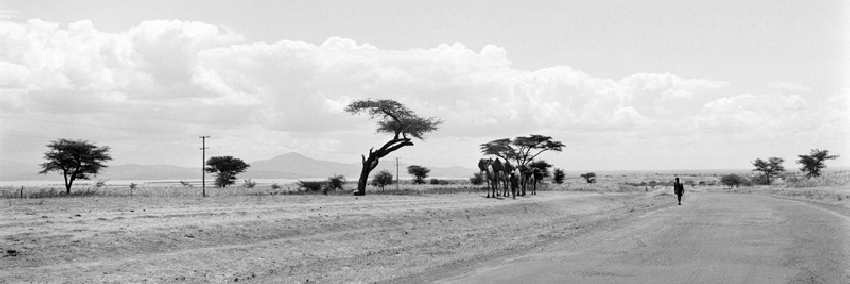ALL RIGHTS RESERVED © 2014 | LAW OFFICE OF JONATHAN M. PEAKE, LLC







Law Office of Jonathan M. Peake, LLC
800 Lomas Blvd NW
Suite 200
Albuquerque, NM 87102
Phone: 505-
Fax: 505-
Email: jpeake@jpeakelaw.com
LEGAL DISCLAIMER: THE CONTENT OF THIS WEB SITE IS INTENDED TO CONVEY GENERAL INFORMATION
AND SHOULD NOT BE RELIED UPON AS A SUBSTITUTE FOR PROFESSIONAL, FINANCIAL, LEGAL,
OR CREDIT ADVICE. THIS WEB SITE MAKES NO WARRANTIES OR REPRESENTATIONS ABOUT THE
ACCURACY OR COMPLETENESS OF THE INFORMATION PROVIDED NOR ANY OTHER WARRANTIES OR
REPRESENTATIONS ABOUT THE SITE CONTENT, THE SITE ITSELF, OR INFORMATION PROVIDED
IN OTHER FORMS SUCH AS EMAIL BY THE SITE, -
THE NEW MEXICO BANKRUPTCY PROCESS
1) Meeting With a New Mexico Bankruptcy Attorney
You first need to discuss any pre-
2) Get Paperwork in Order
To get started, you must itemize your current financial situation: income, expenses, debt, etc. You will also gather documents relating to your residence, taxes, pay stubs, and a snapshot of your accounts. Your attorney will use this information along with knowledge of the bankruptcy process, to list your case in the best light possible to minimize any harm and maximize the protections of the bankruptcy court.
3) Filing With The Court
After all the paperwork has been completed by your attorney’s office in a way that
works best for your case, you will have a chance to review the documents before they
are filed electronically by your attorney. Any supporting documents will be turned
over to the trustee -
At the time of filing a bankruptcy case, the automatic stay goes into effect, which will stops your creditors from contacting you until your case is concluded or special circumstances are met. The automatic stay also applies to any pending lawsuits, foreclosure actions, and wage garnishments.
4) § 341 Meeting / The Creditor’s Meeting
Around 30 days after filing with the court, a meeting will be conducted by the trustee
-
If there are any objections over the paperwork or assets, they can typically be resolved by negotiations with the debtors counsel or the trustee. If anything cannot be solved by negotiations, the creditor may choose to have a judge hear the issues and make a final determination.
4) Chapter 13 plan confirmation
In the case of a chapter 13 bankruptcy, there may be follow up meetings or discussions regarding the plan. These negotiations will continue until an agreement has been reached between the creditors, the trustee, and the person filing the bankruptcy. Once that plan has been agreed to, the chapter 13 bankruptcy is then officially in effect and will last until the plan runs out its designated time period or circumstances change to where the plan is abandoned.
4) Discharge
In a chapter 7 bankruptcy, the creditors and trustee will have 60 days to challenge the persons right to discharge. If there are no challenges, or negotiations are worked out, the person will receive notice, shortly after the objection time period, from the bankruptcy court indicating that all their dischargeable debts have been discharged.
In a chapter 13 bankruptcy, a discharge is received when the plan is completed in the timeframe outlined in the confirmed plan. At this point, usually only a fraction of the debt has been paid to the creditors. All remaining dischargeable debt will be discharged and the case will be closed.
ENTER YOUR INFORMATION BELOW FOR A FREE BANKRUPTCY CONSULTATION: